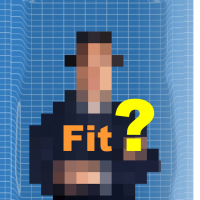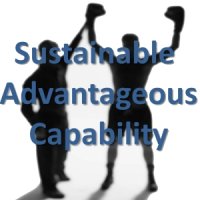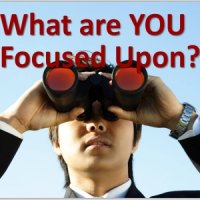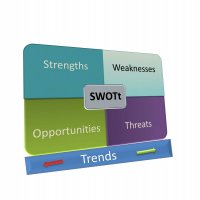Augmented reality allows you to create an experience that immerses a learner or decision maker with visual "information" to be more effective. How might you augment reality to support individual hiring decisions? Augmented Reality typically combines data, images, sound, movies, databases, social media, and the web and expands them digitally to facilitate more effective learning and decision-making. A key issue with a hiring type decision is bias and many of these options, if not done carefully, would actually increase bias. What's missing from many conventional and non-conventional hiring and selection processes is the job-relevant baseline information which allows you to compare and contrast candidates. This baseline information would also facilitate other media entering into the decision process without producing bias.
What's included in the baseline for hiring decisions? Eligibility (experience, knowledge, technical skills and cognitive capabilities if job relevant) and suitability factors including motivations, attitudes, natural tendencies, preferences, behavioral competencies. It is important to have validated data for each candidate and have this data matched up to a job-specific template to best understand what will enable this person to be a high performer. More so, it is critical to sound unbiased decision making. A minority but growing number of organizations are doing this with newer digitals that enable the collecting and validation of suitability information. This was a previously difficult task until recently.
See full article for video overview...





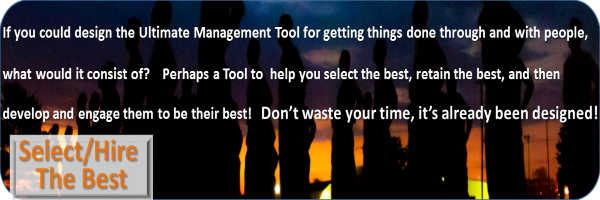
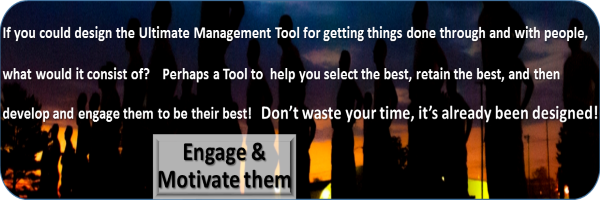
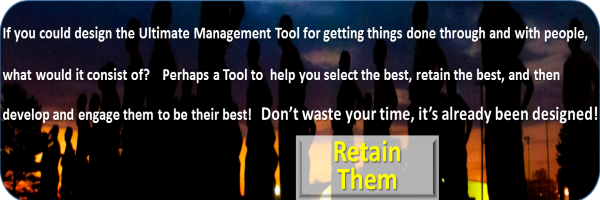
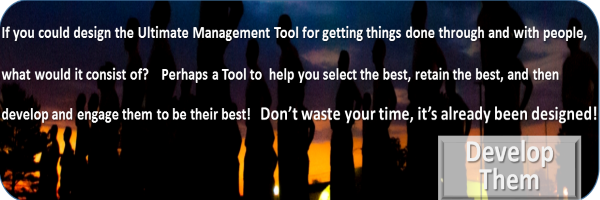
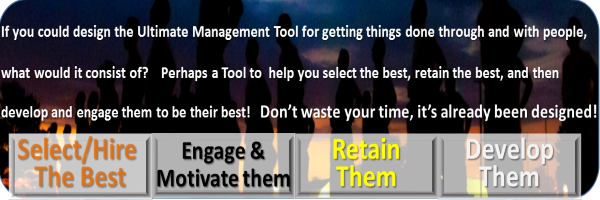
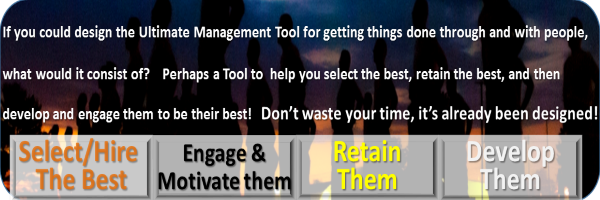


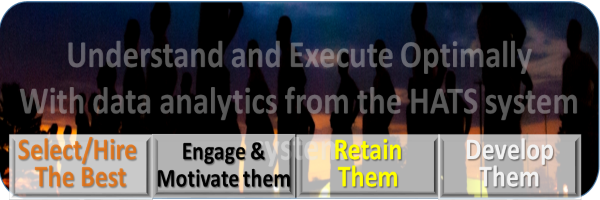







 One of the most difficult challenges managers face is choosing the right people and understanding how to get them to perform at their best. During the last 12 years of our experience, we have found no other tool except the Harrison Assessment that enables this kind of capability with incredible accuracy and insight.
One of the most difficult challenges managers face is choosing the right people and understanding how to get them to perform at their best. During the last 12 years of our experience, we have found no other tool except the Harrison Assessment that enables this kind of capability with incredible accuracy and insight.






